Nội Dung Chính
- 1 SPEAKING Work in pairs. Match photos A-C with three of the types of show below. Then choose one photo each and describe it to your partner.
- 2 SPEAKING Work in pairs. Compare and contrast photos A-C from exercise 1.
- 3 🎧3.09 Read the task above. Then listen to a student doing the task. Which show does the student choose? Which of the details below does she also mention?
- 4 KEY PHRASES Read Speaking Strategy 1. Then look at the phrases for expressing preferences. Tick the expression you think is the strongest in each group.
- 5 🎧3.09 PRONUNCIATION Read Speaking Strategy 2. Then listen again. Which phrases from exercise 4 do you hear? Which ones are introduced by a phrase from the strategy? Practice saying them. Pay attention to the stressed words.
- 6 SPEAKING Work in pairs. Find out your partner's preferences for the shows in exercise 1 and other types of shows you can think of. Use phrases from exercise 4 and Speaking Strategy 2 in your answers.
(Page 92)
I can compare photos and role-play a discussion.
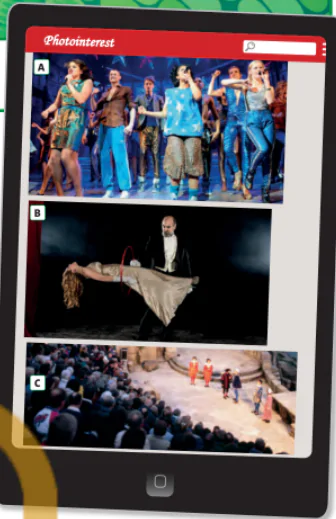
1 SPEAKING Work in pairs. Match photos A-C with three of the types of show below. Then choose one photo each and describe it to your partner.
Cultural events and shows an art exhibition a circus a classical concert a comedy club a magic show a musical an open-air theatre a piano recital
→Vocabulary Builder Cultural events and venues: page 111
2 SPEAKING Work in pairs. Compare and contrast photos A-C from exercise 1.
All three photos show...
Unlike the other two photos, in photo C you can see...
Whereas photo B shows..., the other two photos
You are staying with your English penfriend and want to take the family out one evening to say thank you. You and your penfriend should decide which show is most suitable and talk about the details of the outing.
3 🎧3.09 Read the task above. Then listen to a student doing the task. Which show does the student choose? Which of the details below does she also mention?
• When to go on the outing
• How to book tickets
• Who will pay for the tickets
• Travelling to the show
• What to eat and drink
Speaking Strategy 1
Try to use a variety of expressions instead of repeating the same common verbs too often. For example, make sure you know several different ways of saying 'I like' /'I don't like'.
4 KEY PHRASES Read Speaking Strategy 1. Then look at the phrases for expressing preferences. Tick the expression you think is the strongest in each group.
Like
I'm a big fan of.
I'm quite into...
I'm really keen on ...
I absolutely love...
I enjoy... very much.Dislike
is not really my thing.
I'm not really into...
doesn't do anything for me.
I've never been that keen on
I really can't stand
I'm not a big fan of
Speaking Strategy 2
We often use one of the phrases below to introduce a preference, particularly when it is negative.
I'm afraid... I must say.... To be honest, ... To be frank, If I'm honest, To be blunt,... Personally,...
5 🎧3.09 PRONUNCIATION Read Speaking Strategy 2. Then listen again. Which phrases from exercise 4 do you hear? Which ones are introduced by a phrase from the strategy? Practice saying them. Pay attention to the stressed words.
6 SPEAKING Work in pairs. Find out your partner's preferences for the shows in exercise 1 and other types of shows you can think of. Use phrases from exercise 4 and Speaking Strategy 2 in your answers.

What do you think of art exhibitions?
I absolutely love them. / To be blunt, I'm not really into them.


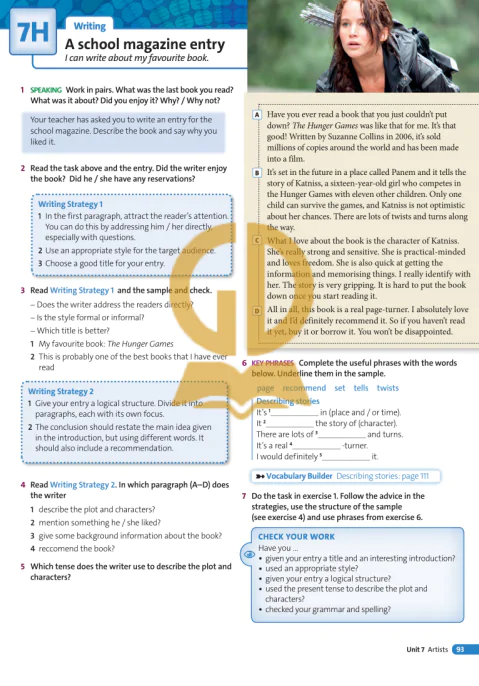

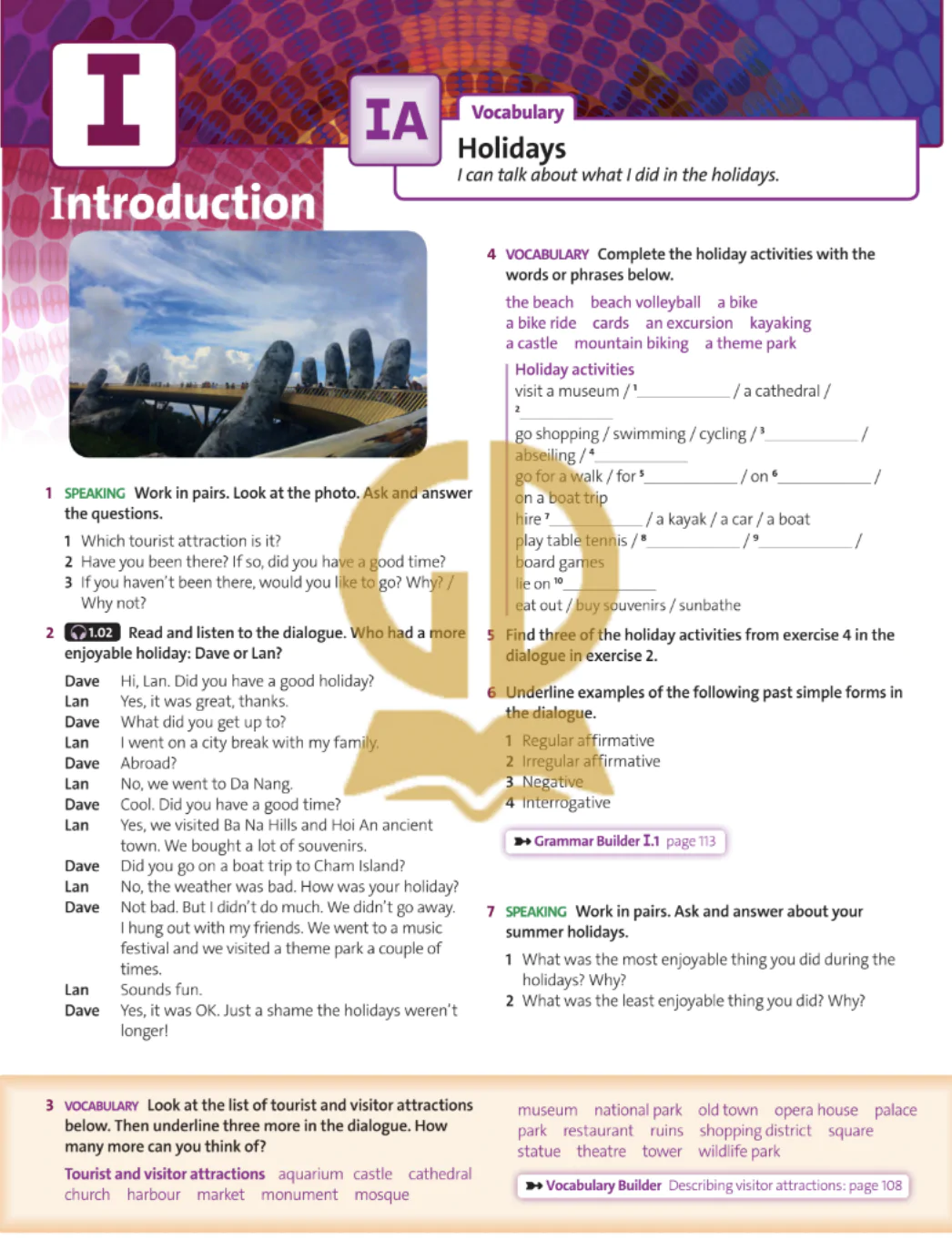
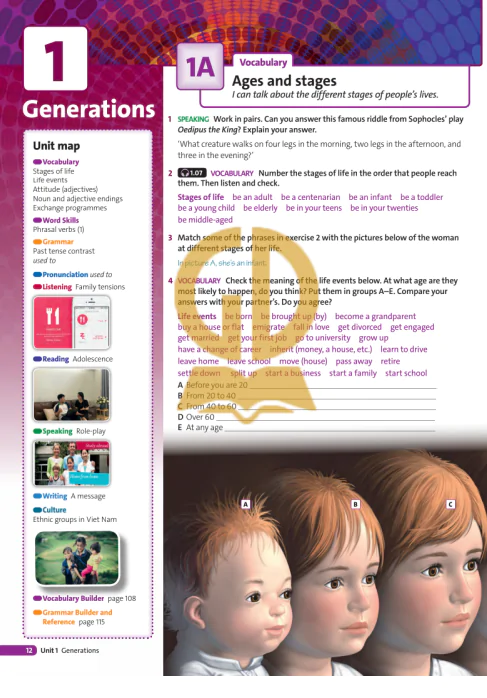
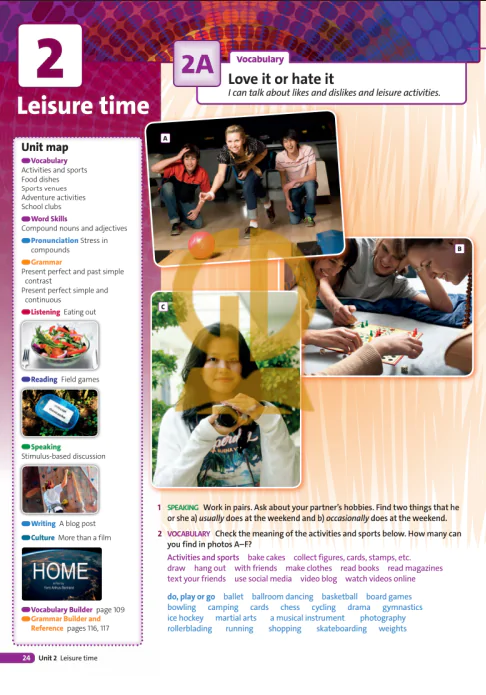
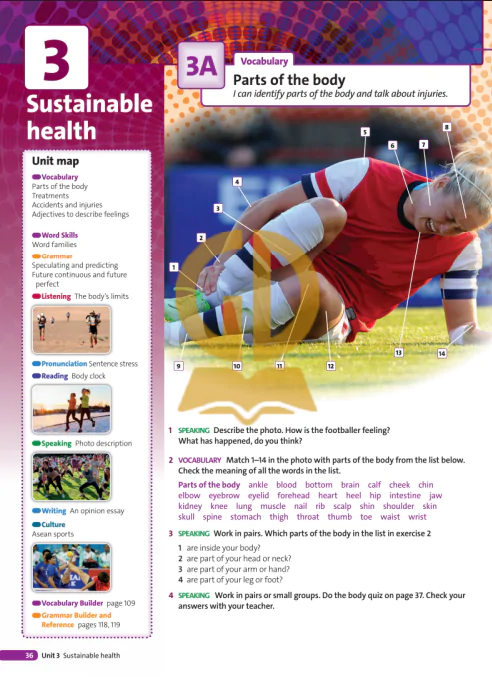
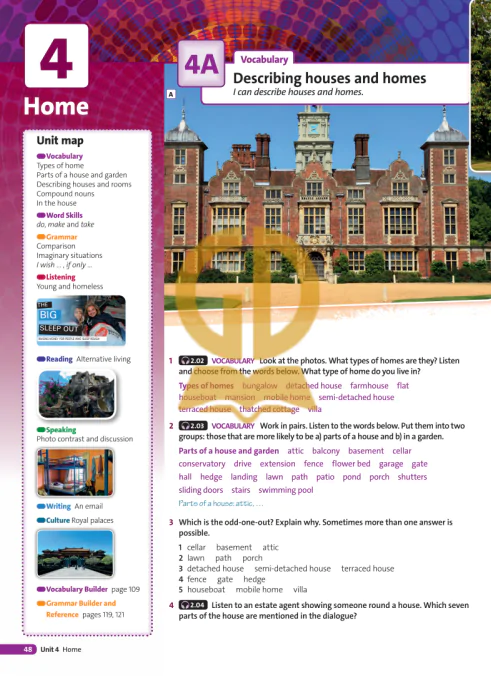
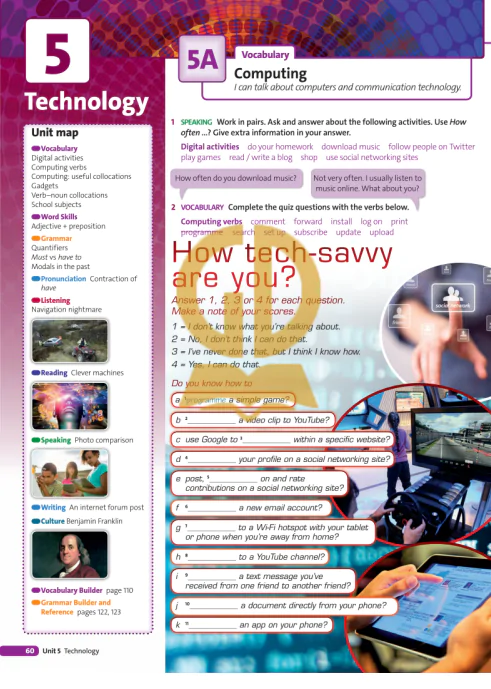


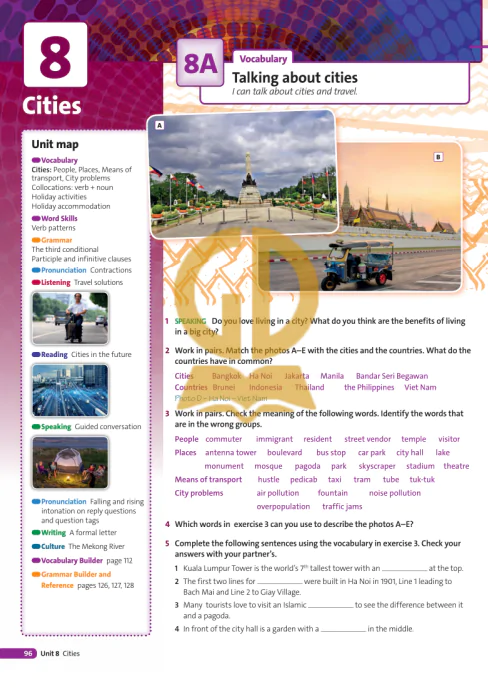



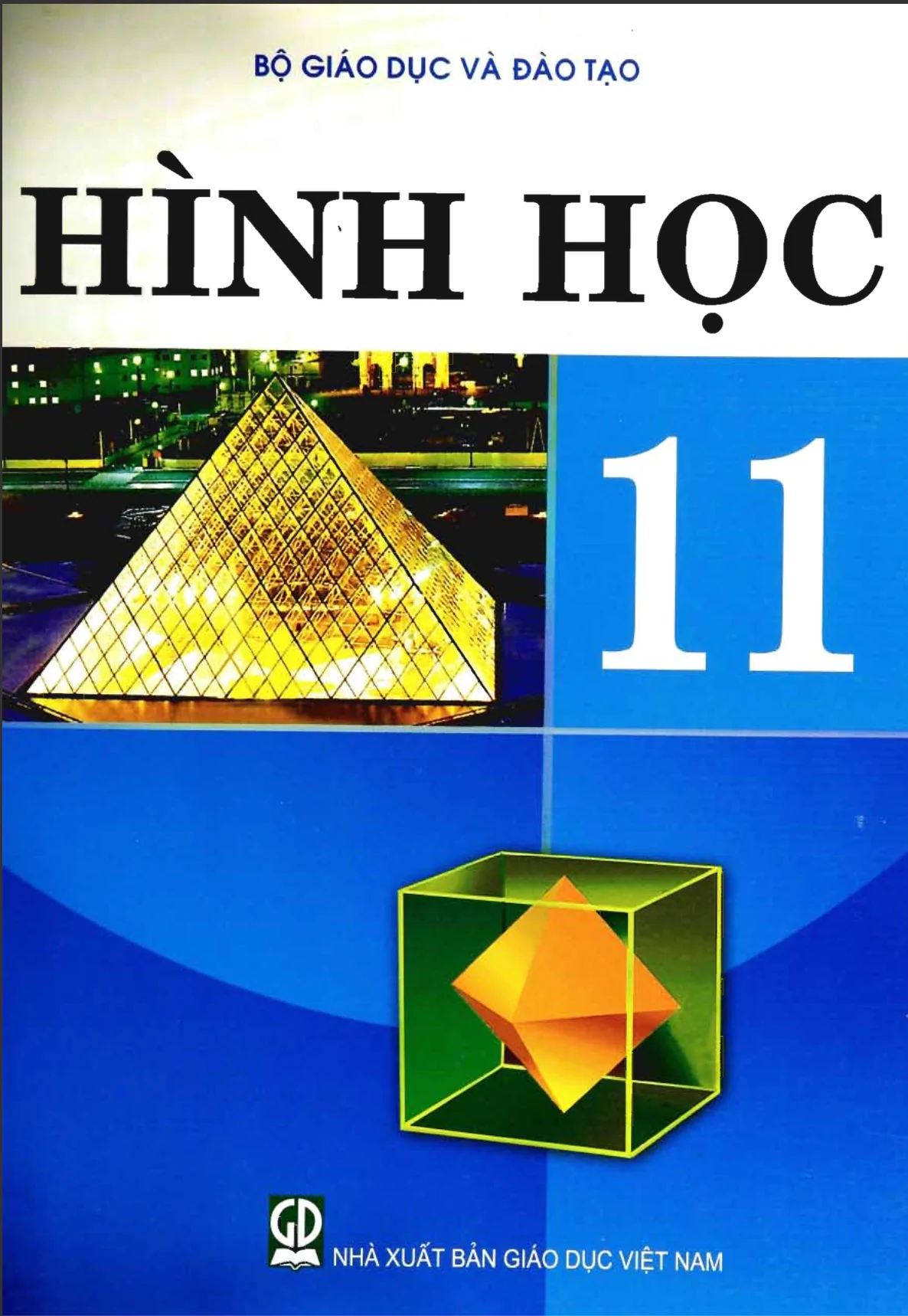

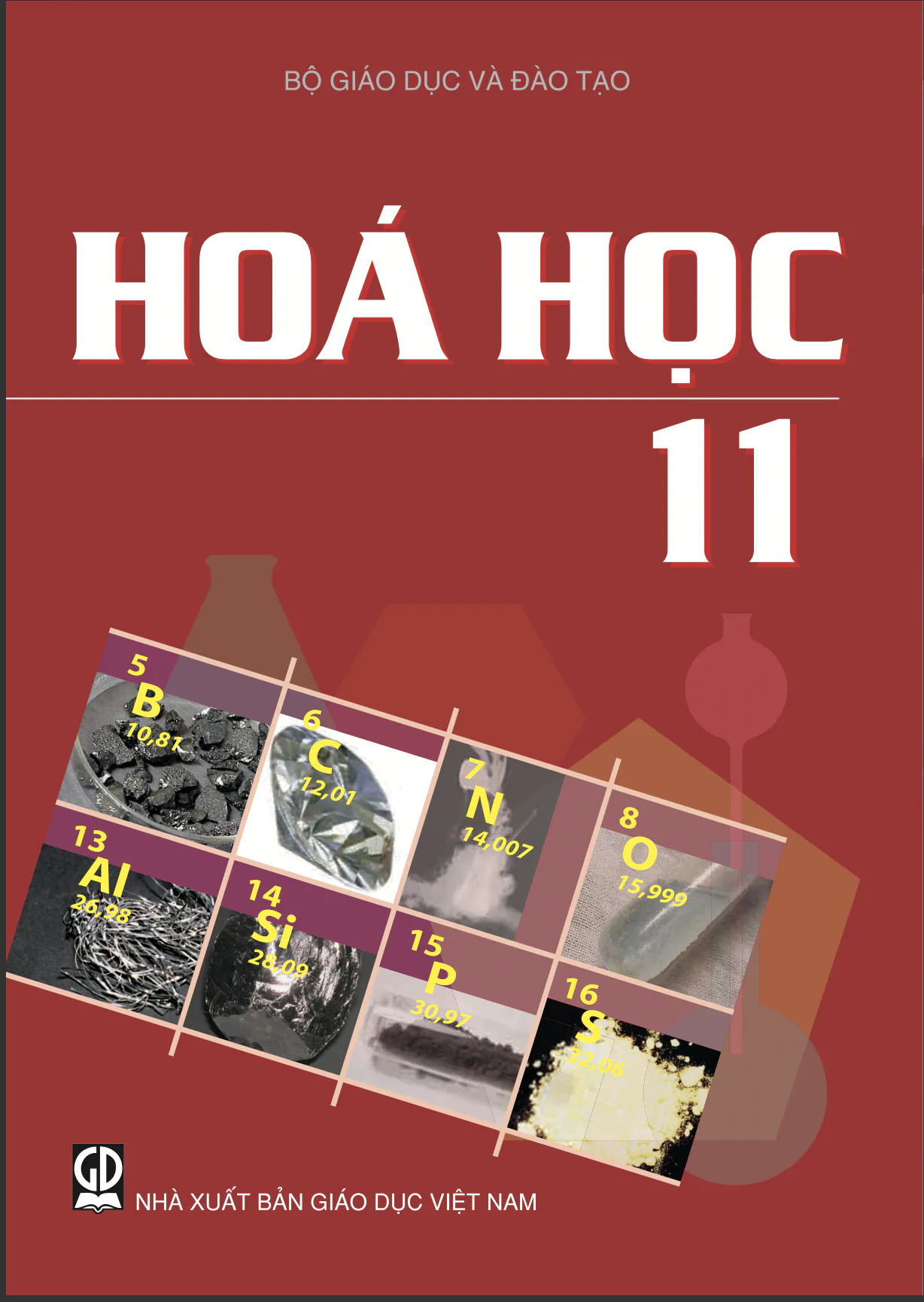



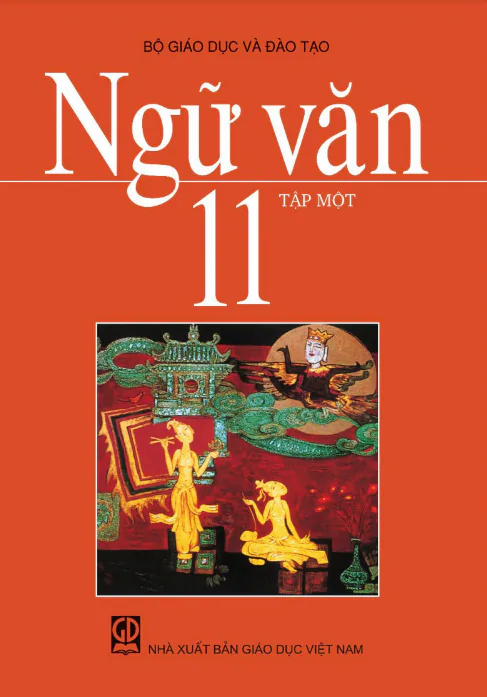
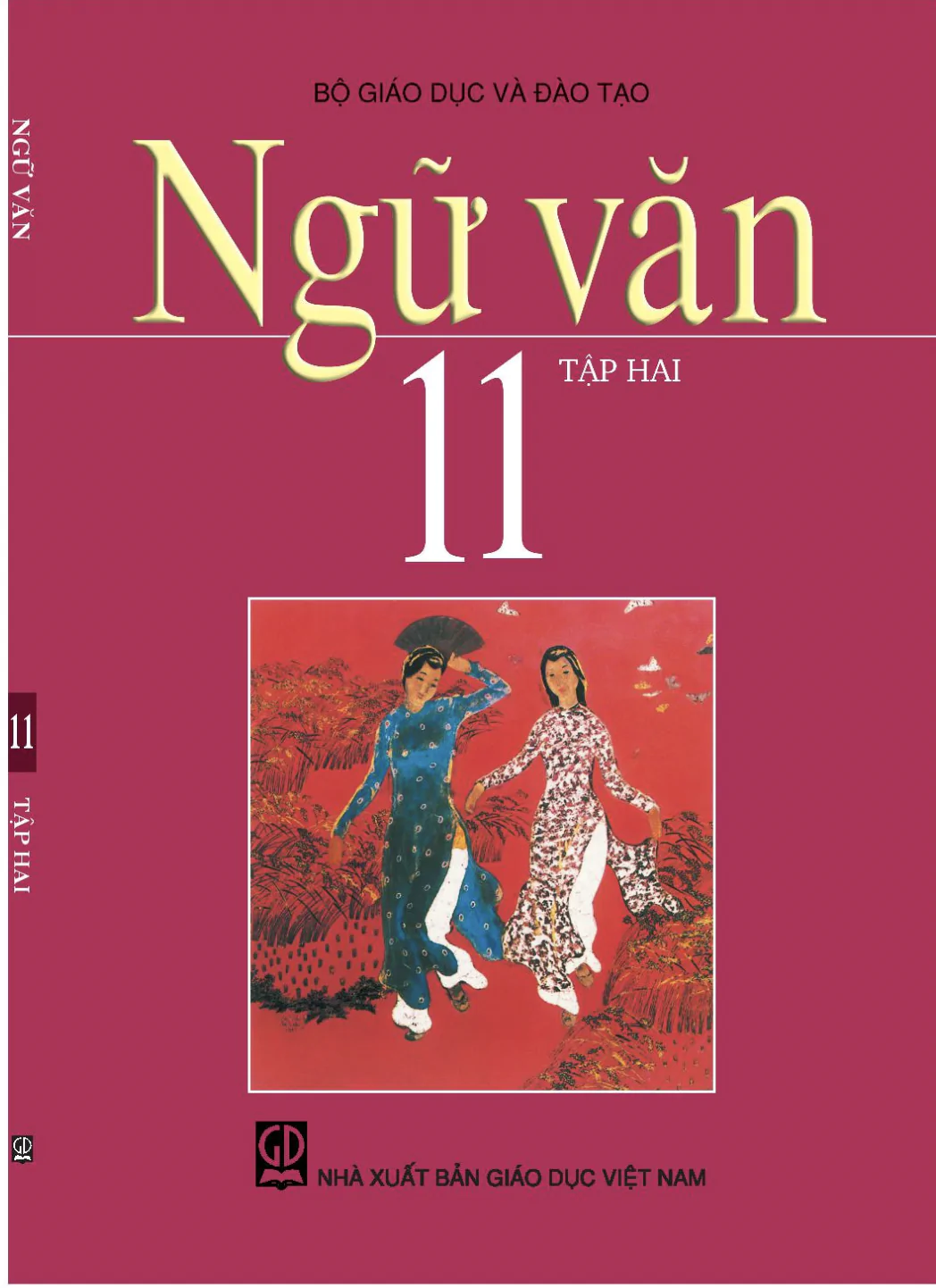


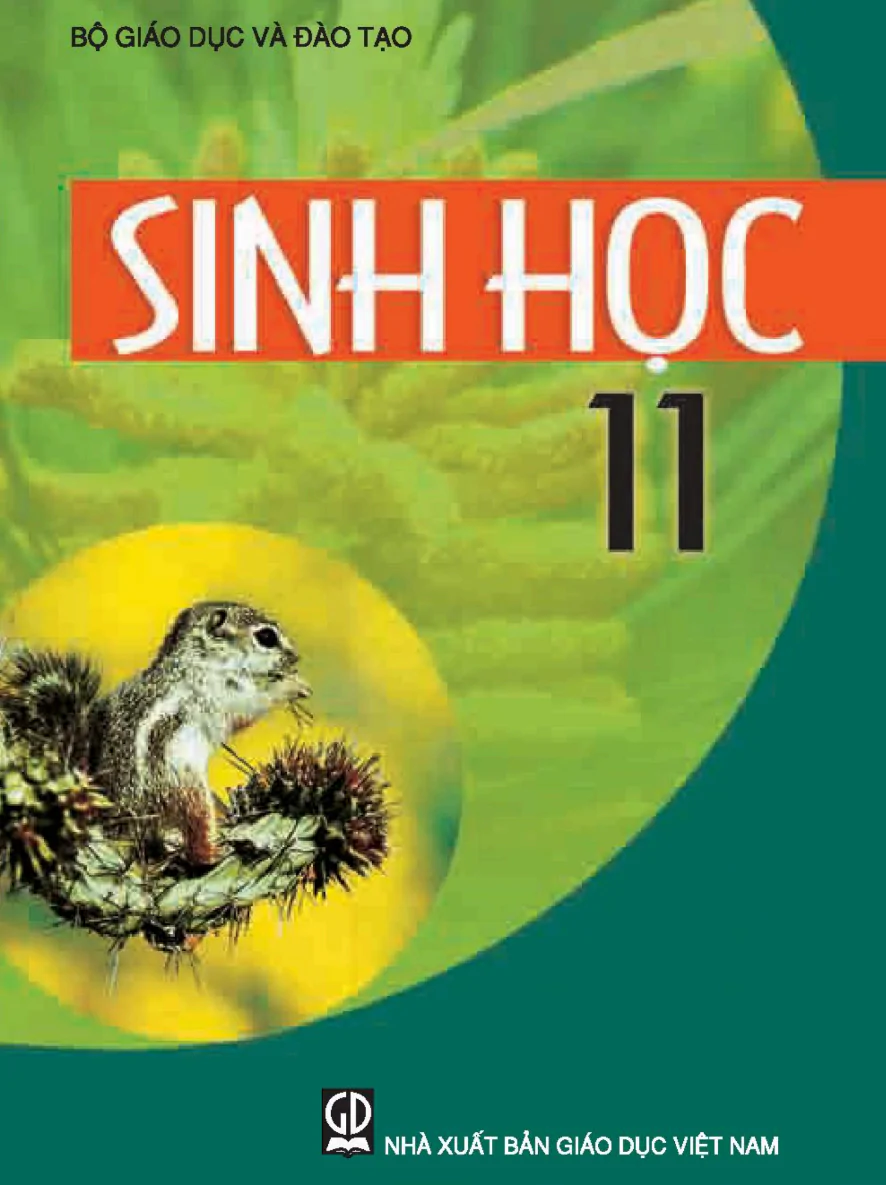
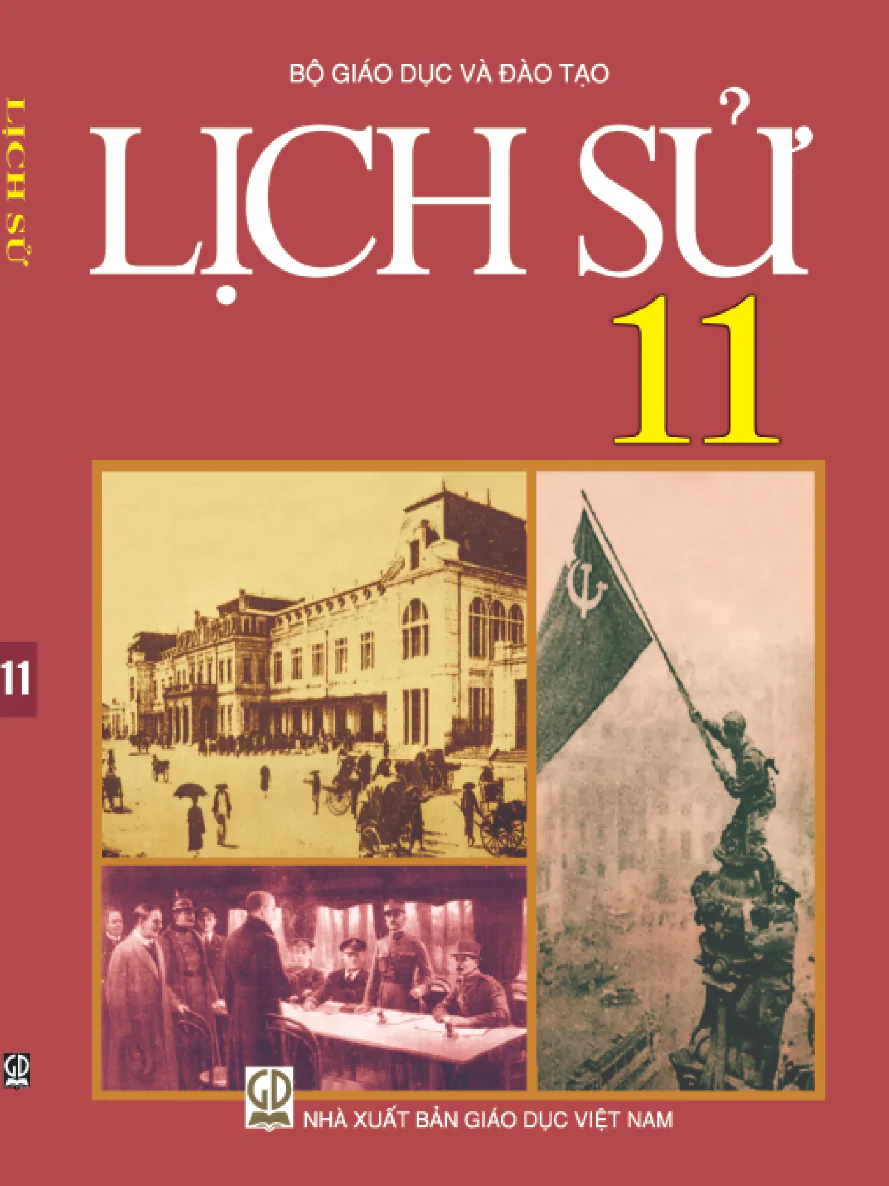
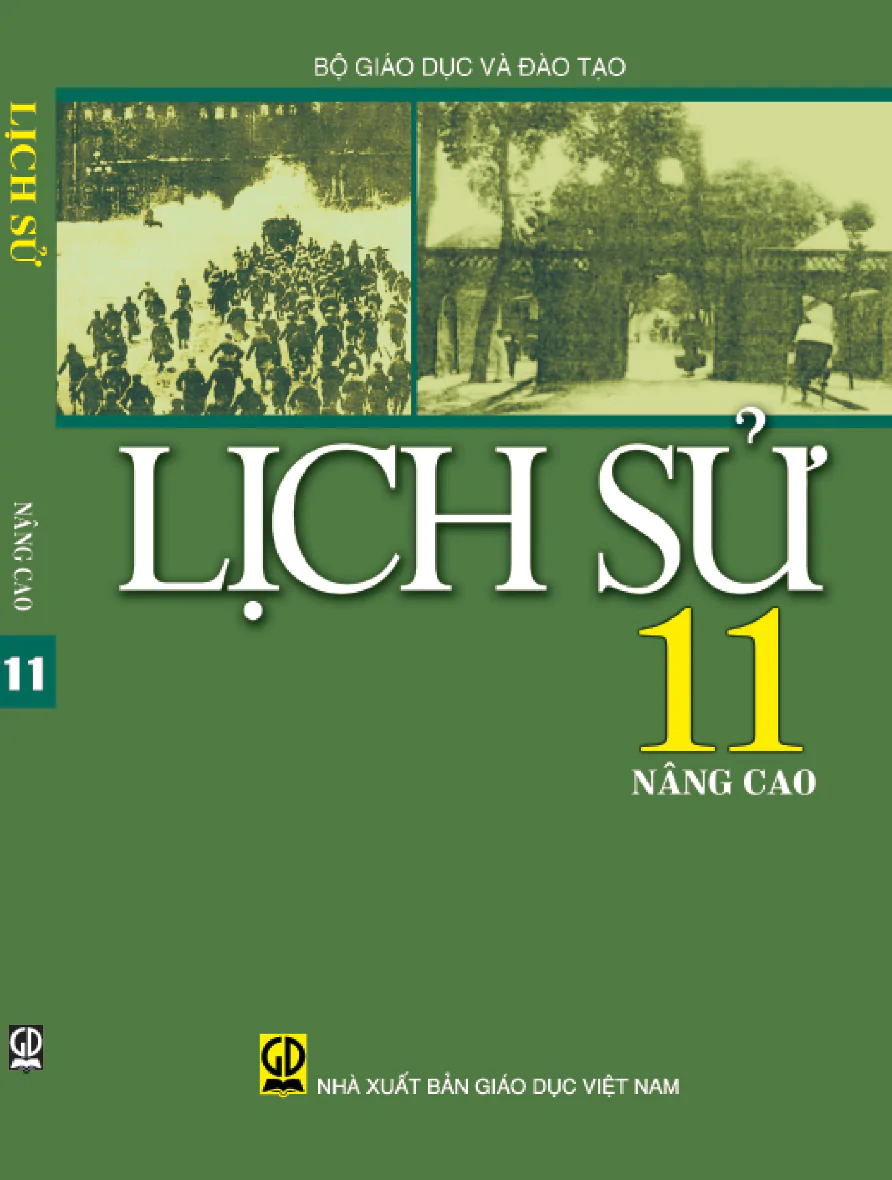
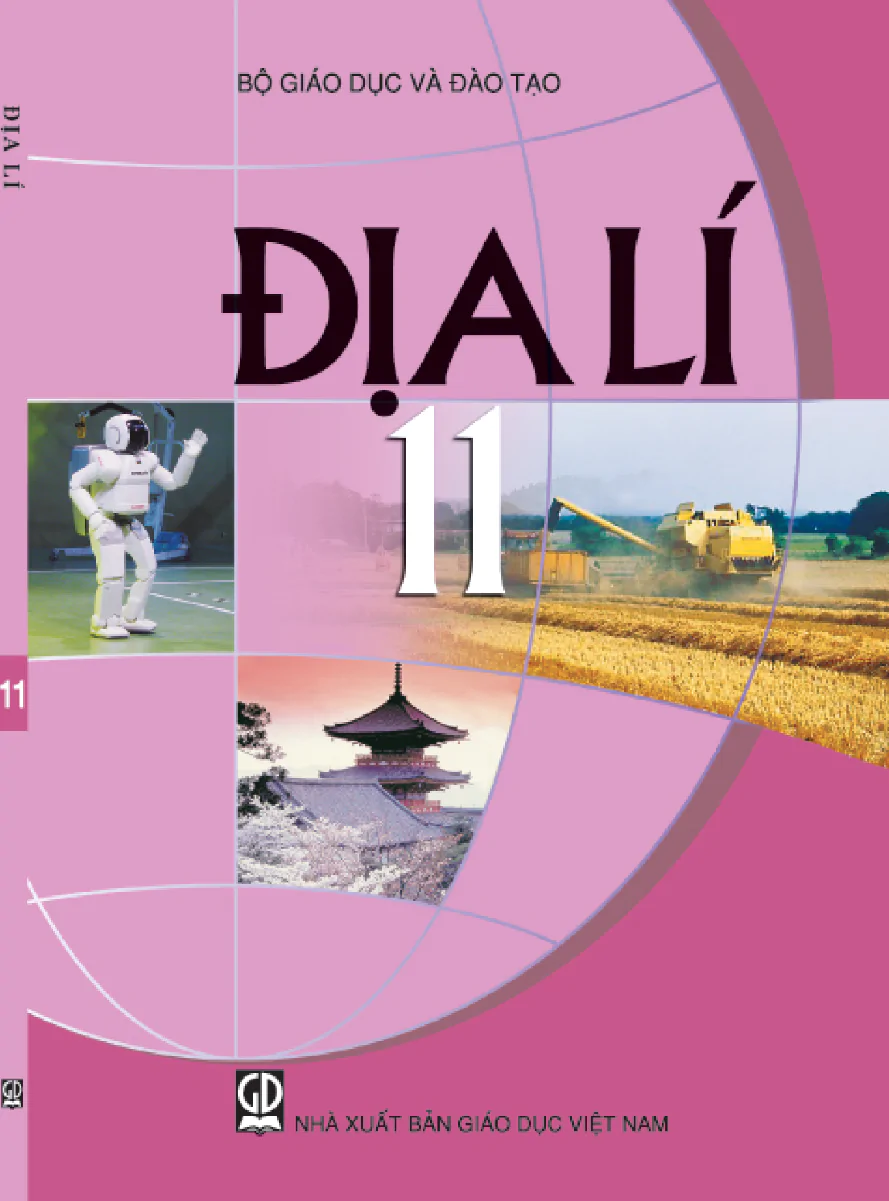




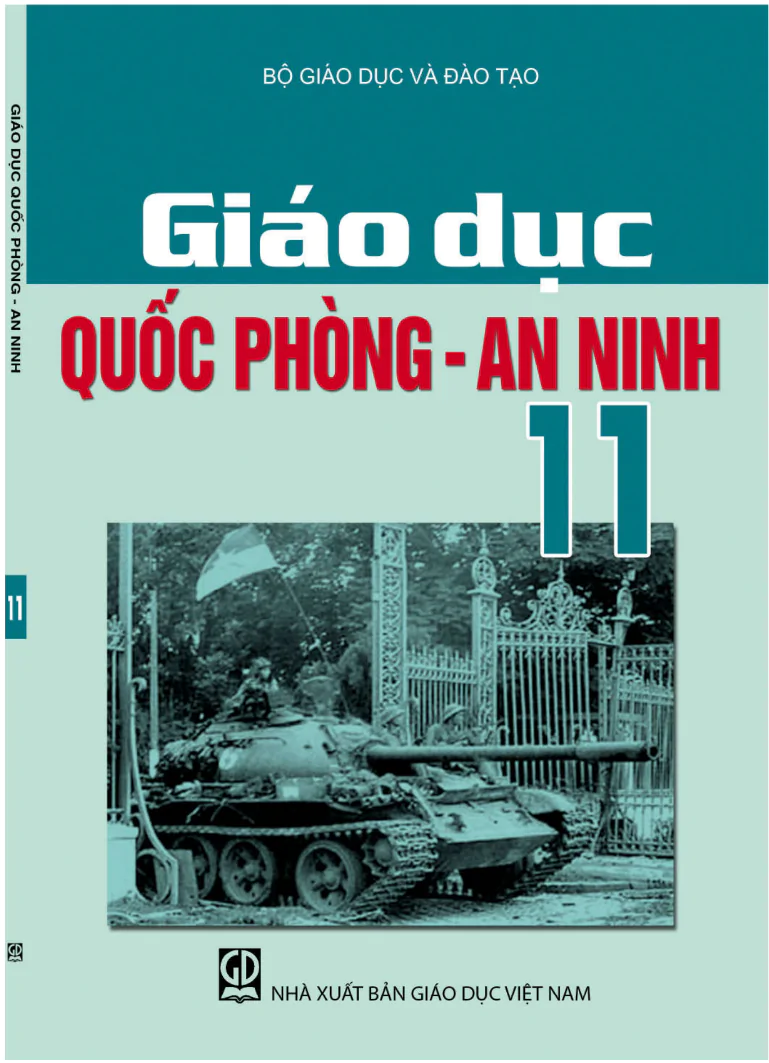

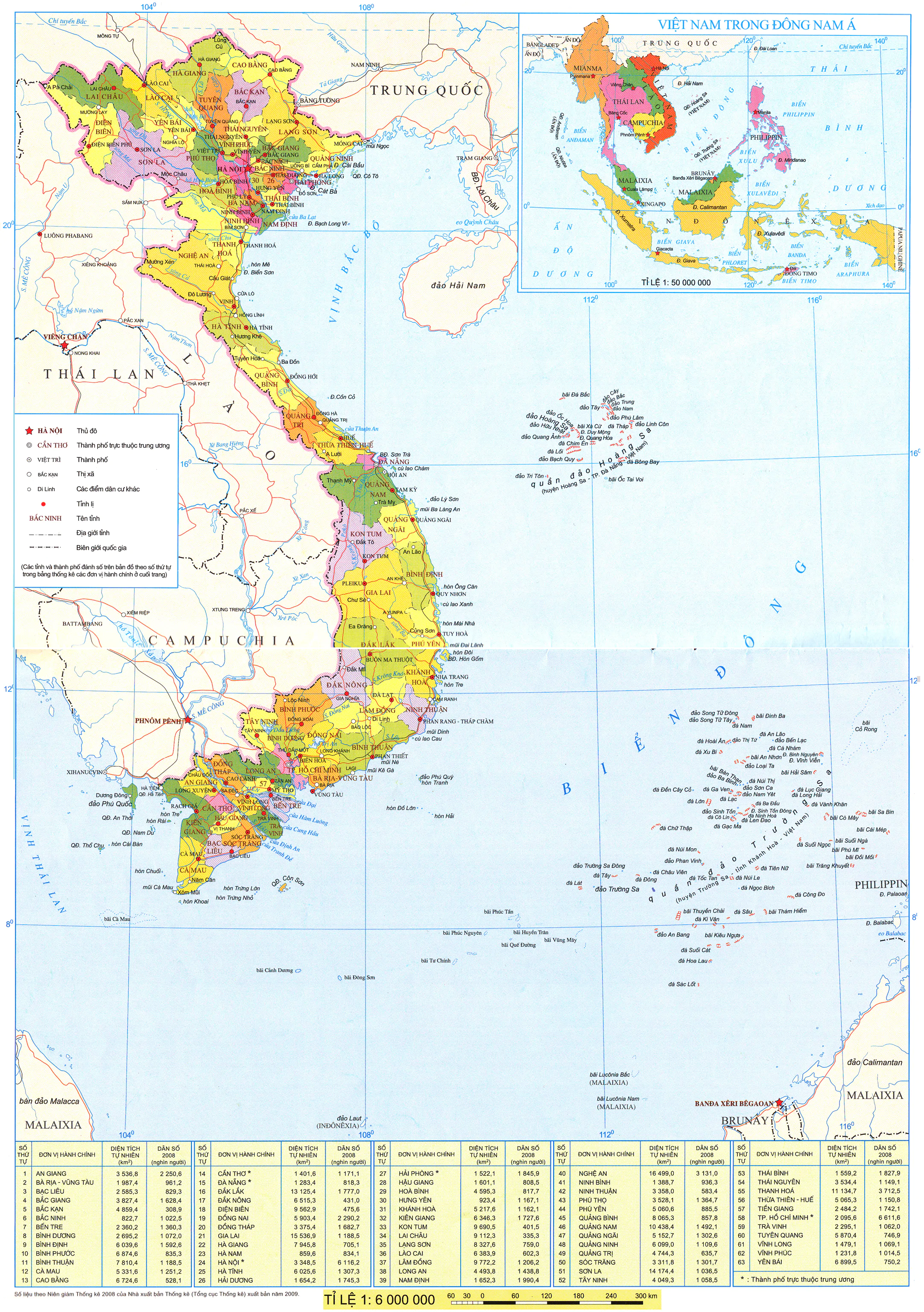

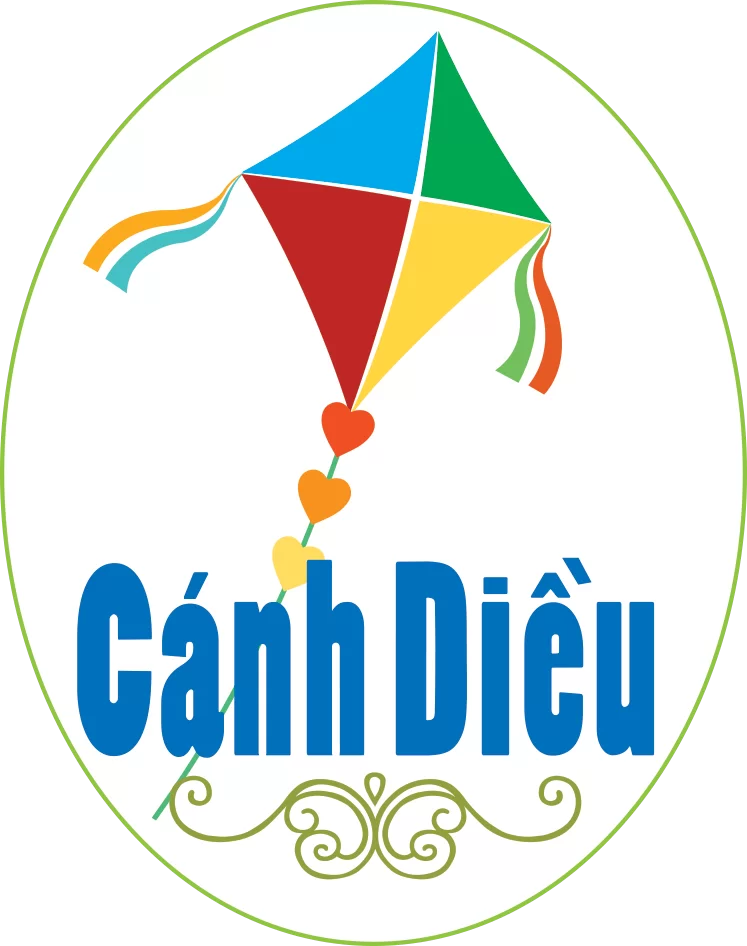













Bình Luận
Để Lại Bình Luận Của Bạn